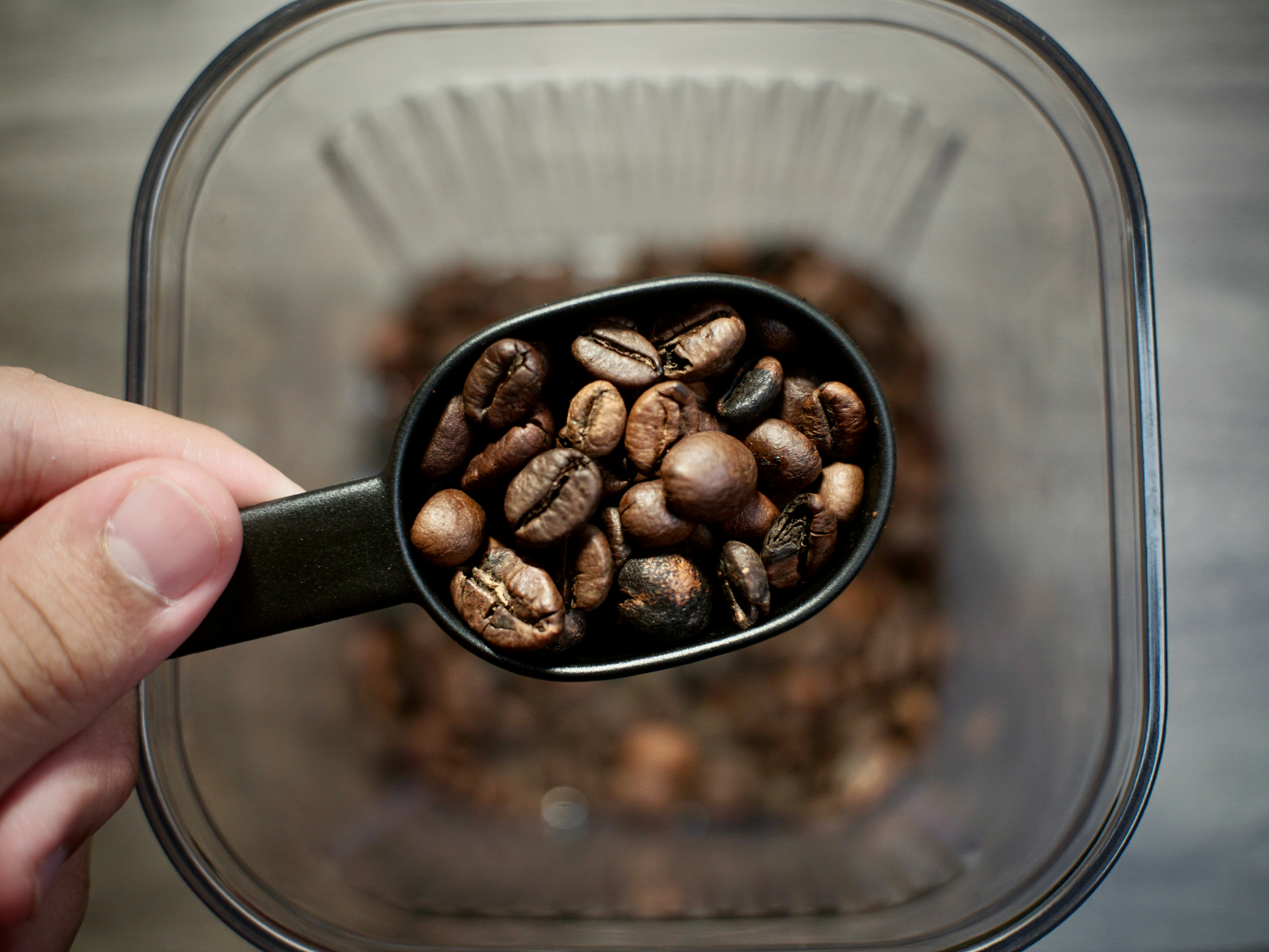In the world of coffee, Robusta often plays the villain—dismissed as cheap, harsh, and inferior. But this perception is a profound oversimplification. Robusta is not a flawed version of Arabica; it is an entirely different species with its own unique strengths, history, and purpose. It is the engine of the coffee world, the secret to a perfect espresso crema, and a plant whose sheer resilience has shaped the industry for over a century.
A Story of Survival and Strength
Unlike Arabica's ancient Ethiopian origins, Robusta's story is much more modern. It was first officially identified in the Congo Basin of Central and Western Africa in the late 19th century. Its discovery was timely. At the turn of the 20th century, a devastating fungal disease known as coffee leaf rust wiped out vast plantations of Arabica in Southeast Asia, particularly in Sri Lanka (then Ceylon) and Java.
Farmers and botanists, desperate for a solution, turned to this newly discovered species. They found that Coffea canephora was remarkably "robust." It was naturally resistant to coffee leaf rust and thrived in hot, humid climates at lower altitudes where Arabica simply could not survive. This hardiness allowed it to be cultivated easily and inexpensively, securing the future of coffee production in many regions and leading to its widespread adoption, especially in Vietnam and Brazil.
"Where Arabica requires nurturing, Robusta demands respect for its resilience. It didn't just enter the world of coffee; it saved it."
The Bold Character of Robusta

Robusta's flavor profile is undeniably different from Arabica's. It's a common misconception, however, that this difference automatically means "worse." A low-quality, poorly processed Robusta is certainly unpleasant, often described as tasting rubbery or bitter. But a high-quality Robusta, known in the industry as "Fine Robusta," presents a completely different experience.
Its defining characteristic is a low acidity and a heavy, powerful body. The flavor notes are typically deep and earthy, often leaning towards dark chocolate, nuts, and a pleasant, grain-like sweetness. Crucially, Robusta contains nearly double the caffeine of Arabica (2.5% or more by weight). This high caffeine content isn't just for effect; it acts as a natural insecticide, contributing to the plant's incredible resilience.
But Robusta's true superpower is revealed in espresso. The bean contains more coffee oils, which results in a thick, stable, and long-lasting crema—that beautiful reddish-brown foam that tops a perfect shot. This is why for over a century, traditional Italian espresso blends have included a portion of Robusta beans. It provides the visual appeal, the textural richness, and the powerful "kick" that is the hallmark of classic espresso.
